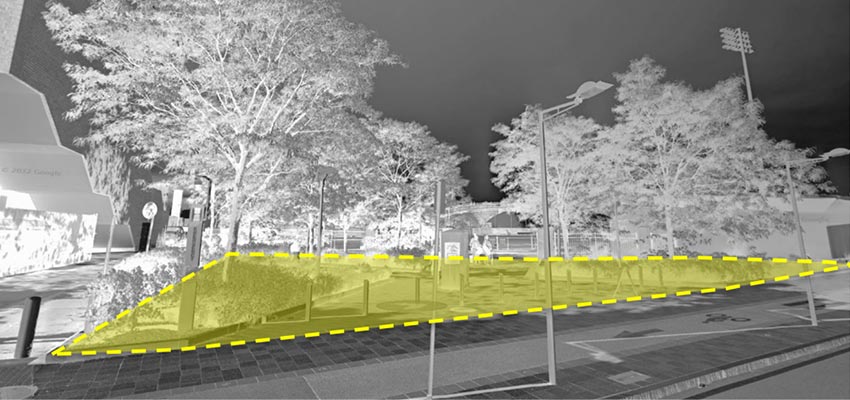
Assessing the potential of nuclear microreactors as a campus energy source.
MIT D-Lab class
Thermal Energy Networks (EC.S06 / EC.S11) Spring 2025
Student/team
Li Xuan Tan ‘25, senior in Math/EECS Departments with a strong interest in nuclear energy.
Location
US - MIT campus
Problem or opportunity driving the project
In line with MIT’s goals to eliminate direct campus emissions by 2050 or earlier, the natural gas turbines powering campus electricity and heat generation at the Central Utilities Plant will eventually need to be replaced. One of the potential decarbonization pathways involves using a microreactor, which is an emerging technology in nuclear energy that is smaller, cheaper, and easier to manufacture and operate compared to traditional large nuclear reactors. However, no microreactors have been licensed or built yet in the U.S., so a full feasibility study has yet to be conducted. This project takes a first look at the potential uses of microreactors on the MIT campus (including outside of power generation).
Cultural context
MIT has an existing nuclear reactor which serves as a powerful research tool within the Nuclear Science and Engineering (NSE) Department, but it cannot supply heat or power to campus and is limited to irradiation experiments due to regulatory requirements. Part of the reason the MIT reactor cannot supply campus with heat is that research operations often require the reactor to change power levels or shut down on short notice, which conflicts with the reliability required for power generation. A microreactor could open up more interdisciplinary research opportunities and also be integrated into a future sustainability or energy curriculum, in addition to giving students exposure to the rebounding nuclear energy industry.
Theory of change
As part of the analysis, we determined that using microreactors to power large parts of MIT’s campus likely isn’t feasible due to cost and space constraints, so a more realistic path forward would be to have a microreactor supply some fraction of campus base load.
Proposed solution, including technical details
- Replacing the Central Utilities Plant’s natural gas turbines with potentially one microreactor and other forms of renewable energy such as geothermal energy.
- Converting the campus’ steam distribution system to hot water to reduce transmission losses and enable thermal energy sharing between buildings.
- Efficiency improvements across campus such as building insulation, heat pump installation, and waste heat recovery.
Next steps
A full feasibility study to be conducted taking into account alternative energy sources, current and projected campus energy loads, and potential campus efficiency improvements that can be implemented relatively easily.


